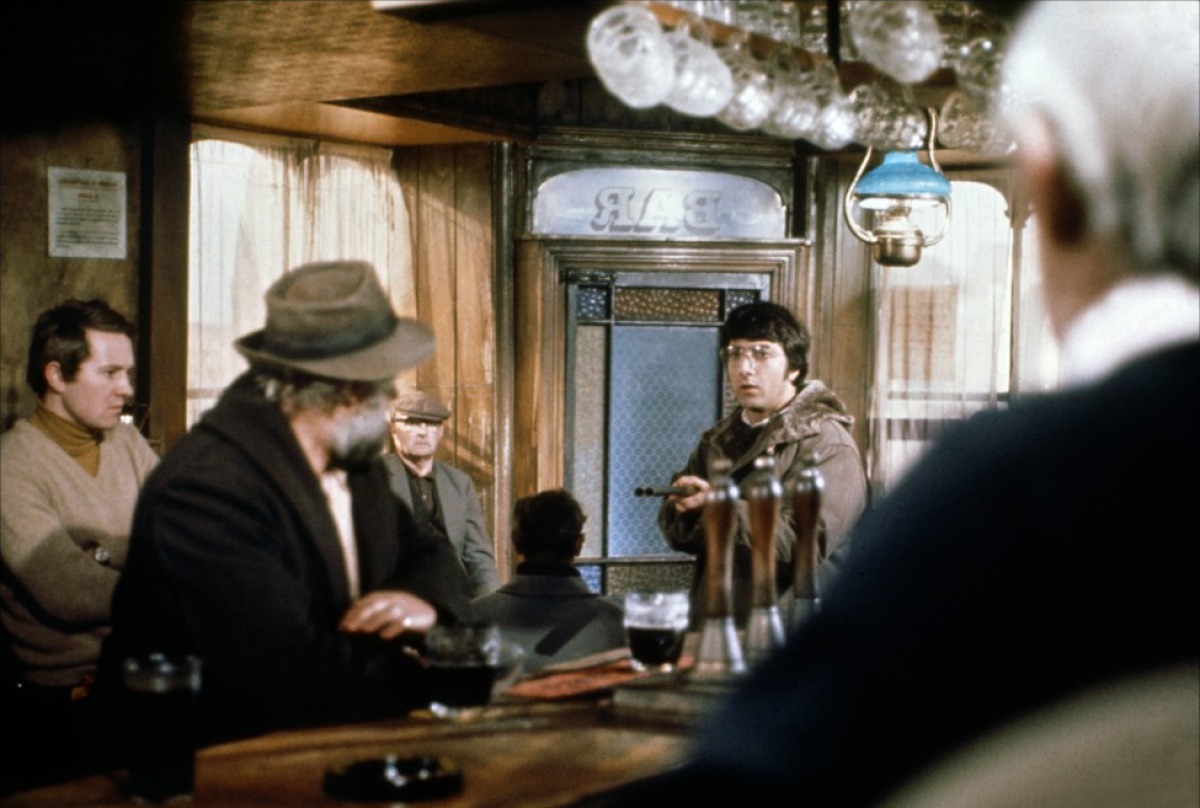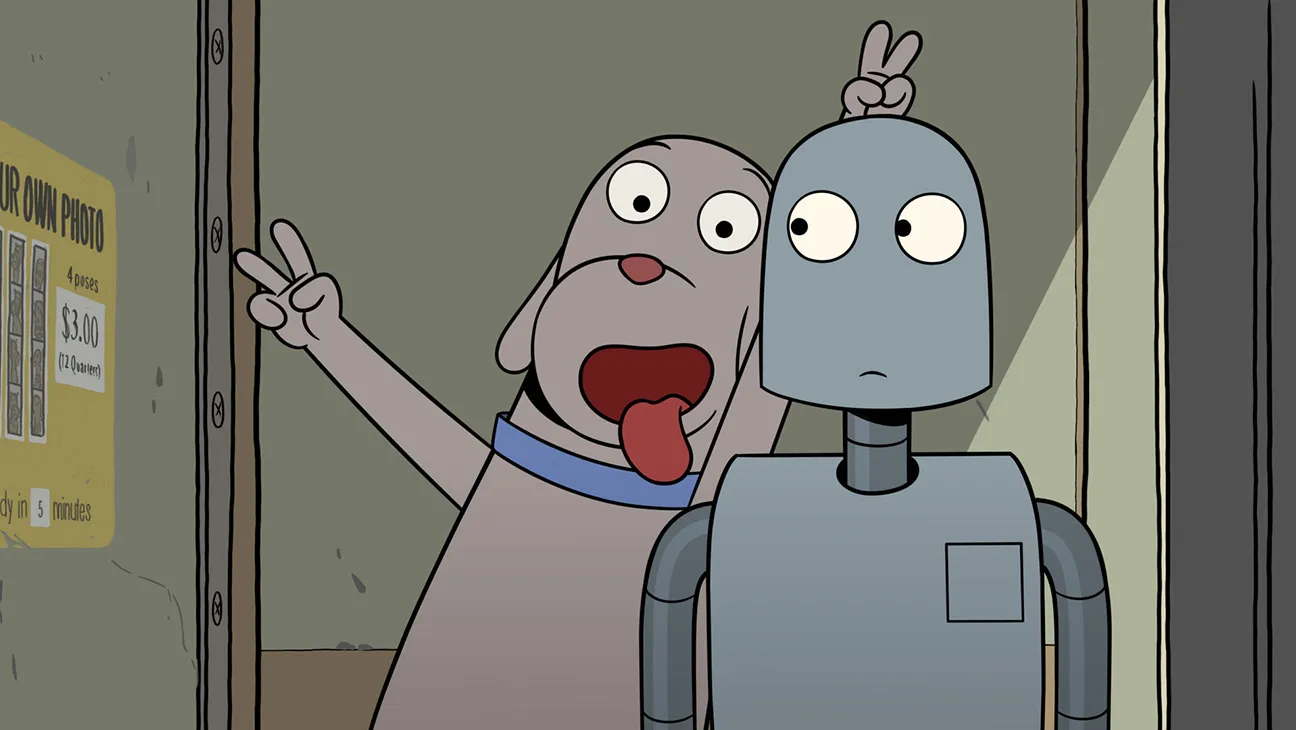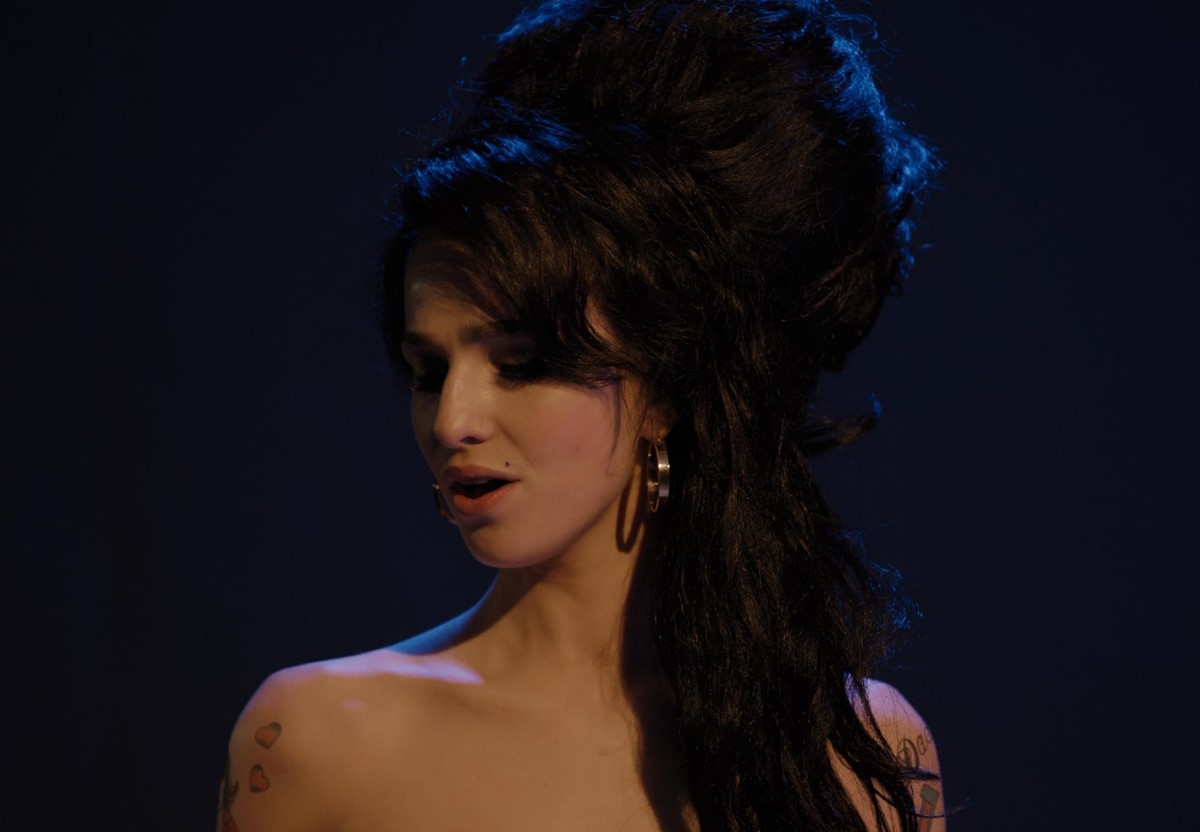Violence, Once Again
by David Denby
There have been very few great directors in movie history who were totally unconcerned with physical violence (Robert Bresson is one), although several have been good at violence without being drawn to it as a subject. Jean Renoir and Orson Welles, for instance, clearly are not very interested in violence per se, but when the subject calls for it, they can do splendid things—take, for example, the hunting party and the alternatingly farcical and tragic shootings in Renoir’s Rules of the Game and the somber battle in the mud in Welles’s Falstaff.
Some genres and directors have treated violence thematically: the American silent comedies, with their kinesthetic virtuosity, were often amazingly brutal; D. W. Griffith and Sergei Eisenstein produced some of their greatest effects with battles, mob scenes, and moments of individual terror; the slick and fast American gangster films of the thirties, as well as the Western, depended almost totally on violence for their very real aesthetic success; and recently a host of brilliant films by men like Roberto Rossellini, Akira Kurosawa, Gillo Pontecorvo, Arthur Penn, and Sam Peckinpah have been completely explicit about wounds, explosions, dismemberment, and death. This list serves only to reaffirm the point that violence, even excessive violence, is often an essential element in great movie art; no doubt we all realize this, although we reserve the right to complain about specific movies.
Many people drew the line at The Wild Bunch, the Sam Peckinpah Western released in the summer of 1969, one of the bloodiest features of the entire decade. It was also one of the best—perhaps, after Bonnie and Clyde, the most brilliant—American films of the 1960s. What proved to be so disturbing about The Wild Bunch was the director’s ambivalence about all that mayhem; he made it shocking, obscene and painful, yet he also showed that for those dealing it out (principally the bunch itself), it amounted to a kind of higher sensual experience in comparison to which all other experience hardly seemed to matter. Apart from the loyalty among the outlaws in the bunch, the movie depicted a world of almost total moral corruption (vicious little children ran playfully through its bloodiest scenes like a recurrent nightmare). Since there were no “good” characters presented for our sympathy, we could only identify with the physical joy of those stupid, useless, and obviously doomed men; the movie seemed to offer support for Hemingway’s assertion that if something felt good, it was good.
This was a view that only a moral idiot could accept without qualification (what about the victims?); nevertheless, one momentarily left one’s doubts behind, since Peckinpah was working with explosive originality in a genre that was habitually conservative. Like Hemingway’s, his sense of physical detail was absolute. The masculine rituals of the Western—carousing, whoring, shooting—had never been filmed with so much grimy actuality, so much sweat and obscenity and noise. The tradition of the somnolent, cool, celibate Westerner was laid to rest once and for all. Moreover, the big violent tableaux were visually so complex that the hallowed “ritual simplicity” of previous Westerns began to look like an evasion of the medium’s possibilities. No one who has seen The Wild Bunch will forget its great set pieces—the massacre of a group of temperance marchers caught in the cross fire of two bands of cutthroats; the men and horses gracefully plunging into the water as a blown-up bridge collapses beneath them; the corrupt Mexican general, eager for guns, being spun in circles by a sputtering machine gun held loose from its tripod. Certainly Peckinpah’s violence was excessive, but it was never mechanical. By turns comic, horrible, sloppy, balletic, cowardly, heroic, it was the principal means of expressing individual character and style —as sexuality might be for another filmmaker or writer.
Yet despite its brilliance, The Wild Bunch wasn’t fully under control. One felt this during the final mutual massacre of the Federales and the bunch, a perfect but meaningless fantasy of destruction that went on forever and ever. Finally, Peckinpah’s superb ballet of death was a bit sickening and more than a bit stupid—never had so much virtuosity been at the service of so few ideas. With the first twinge of nausea, moral doubts and questions returned as well; many viewers forgot their enjoyment of Peckinpah’s sensuous rendering of extreme experience and rejected the entire movie as exploitation. This was unfair and ungrateful, but there was no question that if one measured the aesthetic success of violence by the moral and intellectual seriousness of its purpose, Peckinpah’s mayhem could not be justified beyond a certain point.
Peckinpah was born in Madera County, California, on the side of a mountain which bears the family name and was first homesteaded by his grandfather. Now forty-six, he prides himself on his knowledge of the West; in interviews he insists that his characters are real, that he has known men like them. Certainly he has the fierceness of some of his protagonists: his legendary intractability has given him a bad name in Hollywood, and on more than one occasion studio higher-ups have spitefully taken control of his pictures away from him during the crucial cutting stage. Yet despite his extreme individuality as a director, Peckinpah came up through the System in a fairly routine way: directing and acting in summer stock and university theaters, working as a dialogue director at Allied Artists, writing and later directing episodes in TV series such as Gunsmoke, The Rifleman, and The Westerner.
His first feature film to attract notice was Ride the High Country (1962), a leisurely and very beautiful Western with Randolph Scott and Joel McCrea as two old cowboys trying to maintain some semblance of dignity after their days of glory had passed. The tone was largely elegiac, although one startling sequence—a wedding in a brothel—foreshadowed some of the raunchier moments in The Wild Bunch. Major Dundee followed in 1964, a movie severely mutilated in the cutting, but still remarkable for the agony and beauty of its battle scenes. During the next five years—until The Wild Bunch—the big studios refused to give him work and Peckinpah retreated to television.
After The Wild Bunch, he relaxed with The Ballad of Cable Hogue, a vacuous and ineffectually humorous account of a mercenary desert rat operating a water hole for profit; the genial ballad style failed at the simplest level, as Peckinpah tried to turn his characters into archetypes before he had dealt with them adequately as human beings. It was only in the few scenes of grotesque comic violence that the movie came alive.
Now, with Straw Dogs, we have a film which is as brilliant as The Wild Bunch, but a lot harder to defend. It is an apologia for the violent way of life as well as a full-scale attack on the modem “civilized” personality; it speaks for the value of direct, instinctual fulfillment, physical courage and initiative, and the sexual rights of men over women. It insists that violence is part of us all, no matter how deeply buried, and that refusing to acknowledge its presence is a moral failure. Although Peckinpah’s general attitudes turn out to be reactionary to the point of madness, he has never functioned better as a filmmaker: Straw Dogs is a hateful but very exciting movie.
The screenplay by the director and David Z. Goodman situates an American mathematics professor (Dustin Hoffman) and his bitchy young British wife (Susan George) in a backward English Coastal village in Cornwall. When these two take into their house a demented sexual offender, a pervert loathed by the entire town, the house is set upon by a group of malevolent toughs who have been harassing the young couple all along. In a burst of murderous retaliatory glee, Hoffman becomes as deadly as any rampaging warrior in The Iliad: the movie ends with his killing several men, which is seen as both a physical and moral victory for him.
The movie is a demonstration of the necessity to kill. Early on, the mathematician thinks he is above violence, but Peckinpah knows better. He shows us that this weak and timorous man really wants nothing else. There’s an eerie fatalism in Straw Dogs; it’s as if the two opponents—the vicious louts and the young couple—required one another to fulfill some mutual fantasy of destruction. When the crisis finally arrives, they are all tremendously relieved because it’s what they’ve secretly wanted all along. Of course, this compulsion is really the director’s. From the opening moments, everything that happens advances the ultimate confrontation, yet the individual scenes along the way—charged with sexual and physical menace—are written and acted with so much beautiful detail that we never quite reject the plotting as too rigid. Peckinpah is eager to have us believe that the blowout is a natural consequence of character and circumstance.
Hoffman’s mathematician is a recognizable type of educated American— boyish, slightly bewildered, accustomed to moderating his instincts through irony and mild self-deprecation. His personality is most at home in the university, where a reserved temper and an offhand emphasis give a modestly acceptable style to the exercise of authority. Peckinpah mercilessly hounds this modem style of dignity until it gives way to an antique harshness and fortitude that he can respect. The mathematician’s very diffidence is shown as a provocation: since he won’t take brutal charge of his wife, and women are untrustworthy by nature (this was also true in The Wild Bunch), he is asking for trouble. In a scene of alternating tenderness and violence which is far more erotic than the strip-and-plunge mechanics of hard-core pornography, the wife is blissfully raped by one of the village toughs, an old boyfriend.
In this sequence Peckinpah uses all the resources of camera placement, cutting, and direction to validate an old dirty joke: he shows that the woman enjoys the savagery of violation, enjoys it more than the playful sex she has with her husband. Even a rotten sexist cliché can be given new life if there’s enough conviction behind it; Susan George’s slow, accumulating emotion is disturbing because she forces us to accept the hateful old “truth” about rape.
The way the movie is set up, the mathematician can earn back his wife’s respect only by acting as violently as the rapist. When he and his wife are under siege, he at first announces his principle that he must protect his charge (the poor halfwit) against mob vigilantism, but this soon gives way to a purely personal revenge and an exultation in violence. Racing around the house in a fever of ingenuity and courage, the civilized man throws off his hesitations and ironies and becomes a happy killer. The mayhem that follows —with shotgun, knife, poker, wire, and an ancient Steel trap—has all the overwhelming physical immediacy that Peckinpah always brings to such scenes.
Thus Peckinpah has domesticated violence, taken it away from the professional killers and given it to the audience; the mathematician is no more than a willing amateur, and we are bound to imagine ourselves in the same situation. Since Peckinpah makes this insidious appeal to us, and the film is cast in the form of an argument, we are likely to examine our responses and argue back. The moral idiocy of The Wild Bunch (it’s all right to kill if you stay loyal to your buddies) was fairly obvious, but the stylized context of the Western allowed us to ignore it. The modern-dress Straw Dogs, with its meticulous attention to contemporary styles of personality, presents another case. Can Peckinpah really believe, after all that’s happened in this country during the last ten years, that killing makes us men? And although we can admit it’s better to fight than run, do we imagine we could kill several times and not pay a heavy psychic price for it? Having gained the truth about himself, hasn’t the hero of Straw Dogs lost everything else? I don’t suppose the director will make a sequel to this movie in which the mathematician loses interest in his work, his wife drifts away again, and their marriage cracks up under the horrible weight of the past.
Violence can be valuable in a movie if it teaches something new about ourselves or other people; or if it serves to express emotions that cannot come out in any other way; or if it satisfies our basic desire for action, movement, power, release; or if it is very beautiful or shockingly ugly. Although Peckinpah accomplishes all of this in his movies, we cannot admire him completely without losing some element of sanity and self-respect. Despite all his efforts, our sense of the tragedy of violence still outweighs his certainty of its glory.
May 1972






1 thought on “Straw Dogs (1971) – Review by David Denby”
More David Denby reviews please!